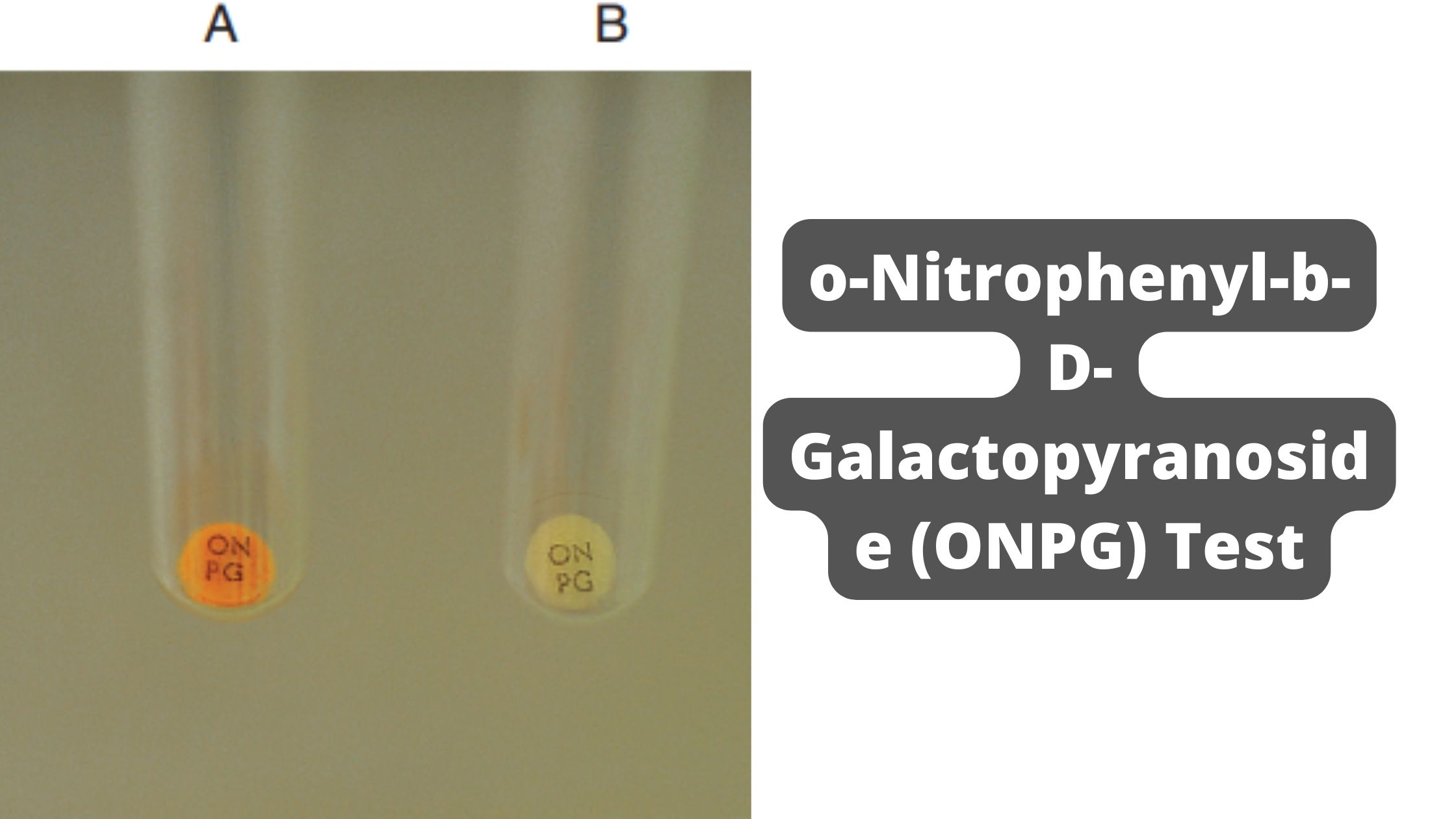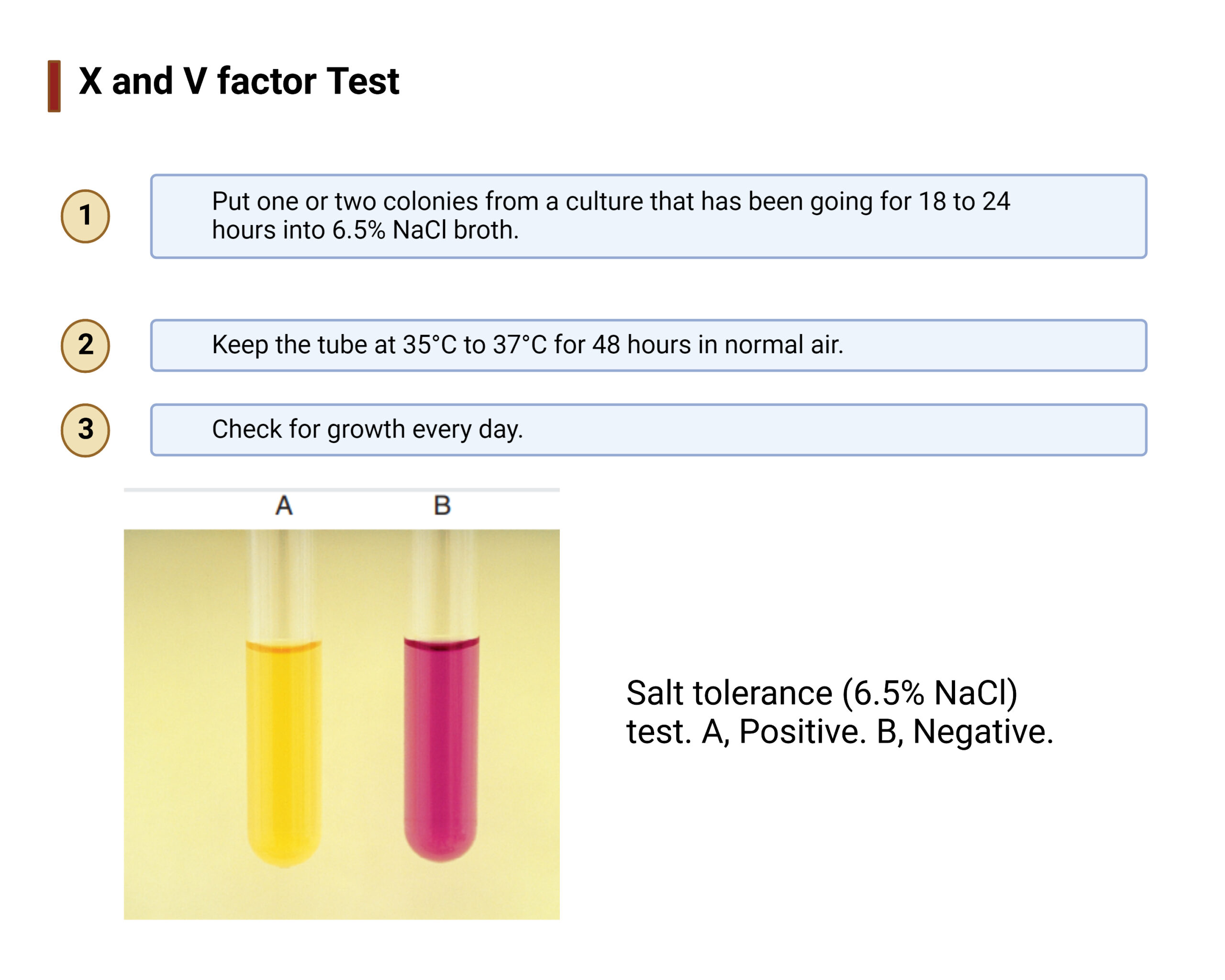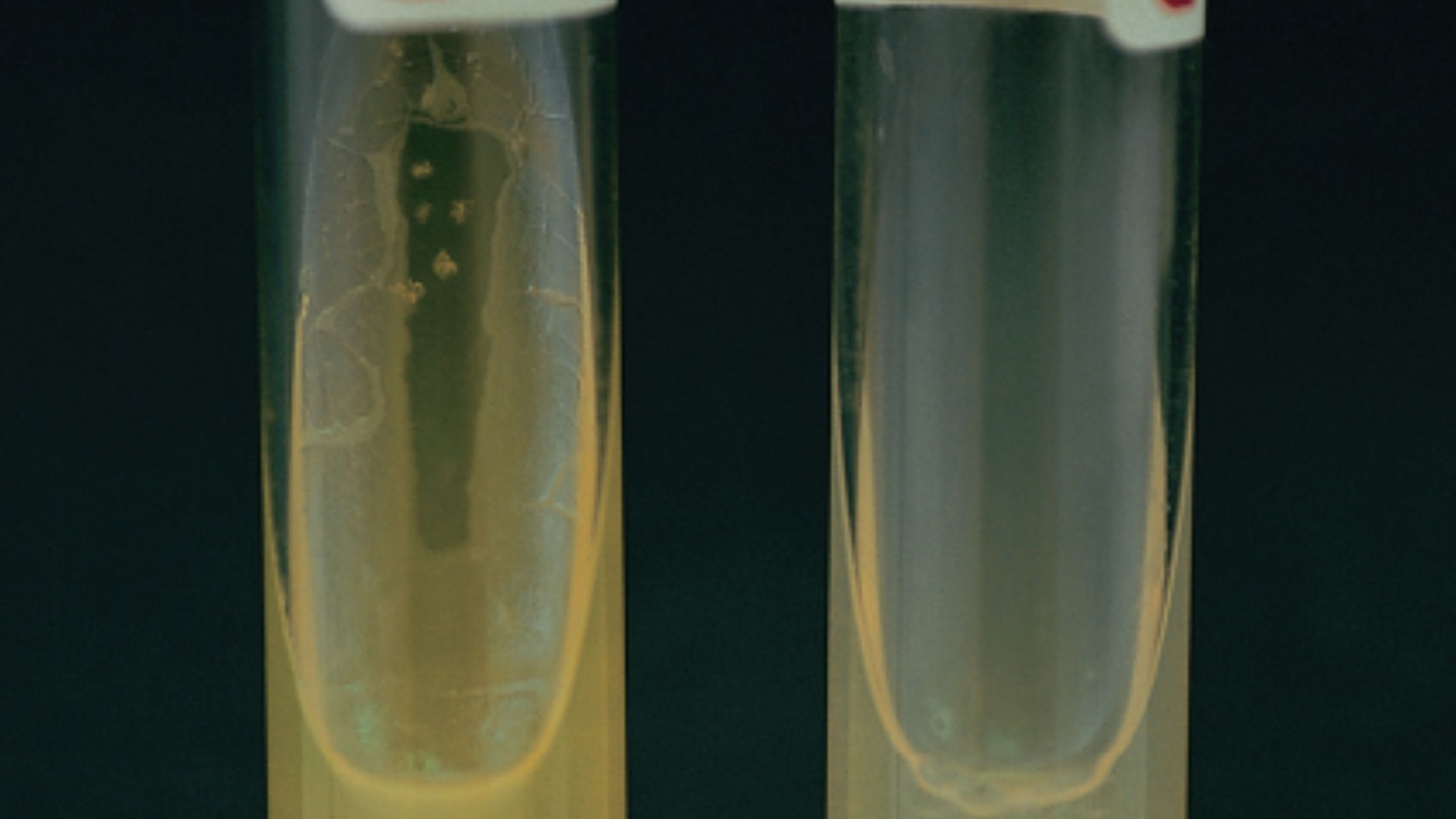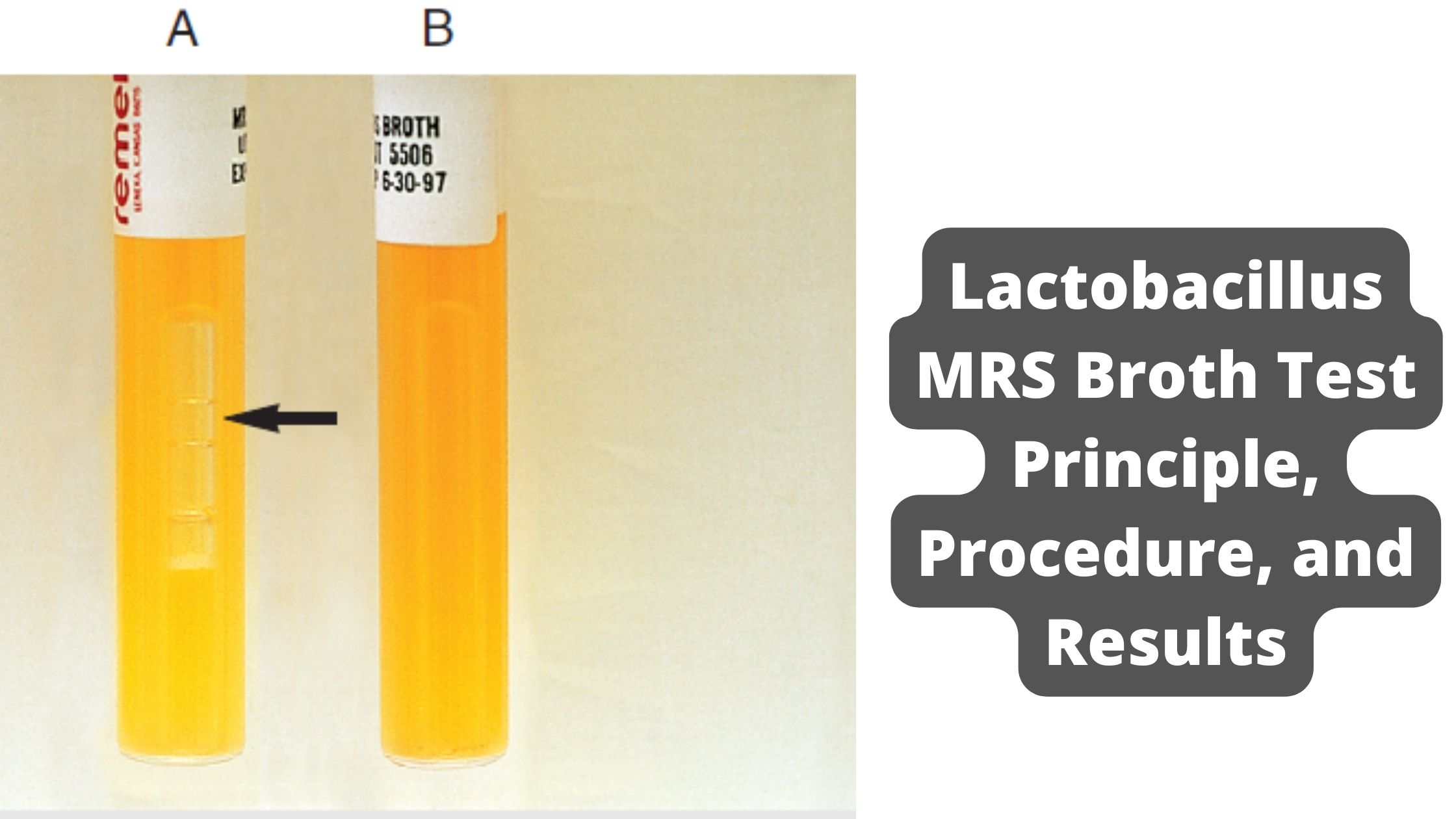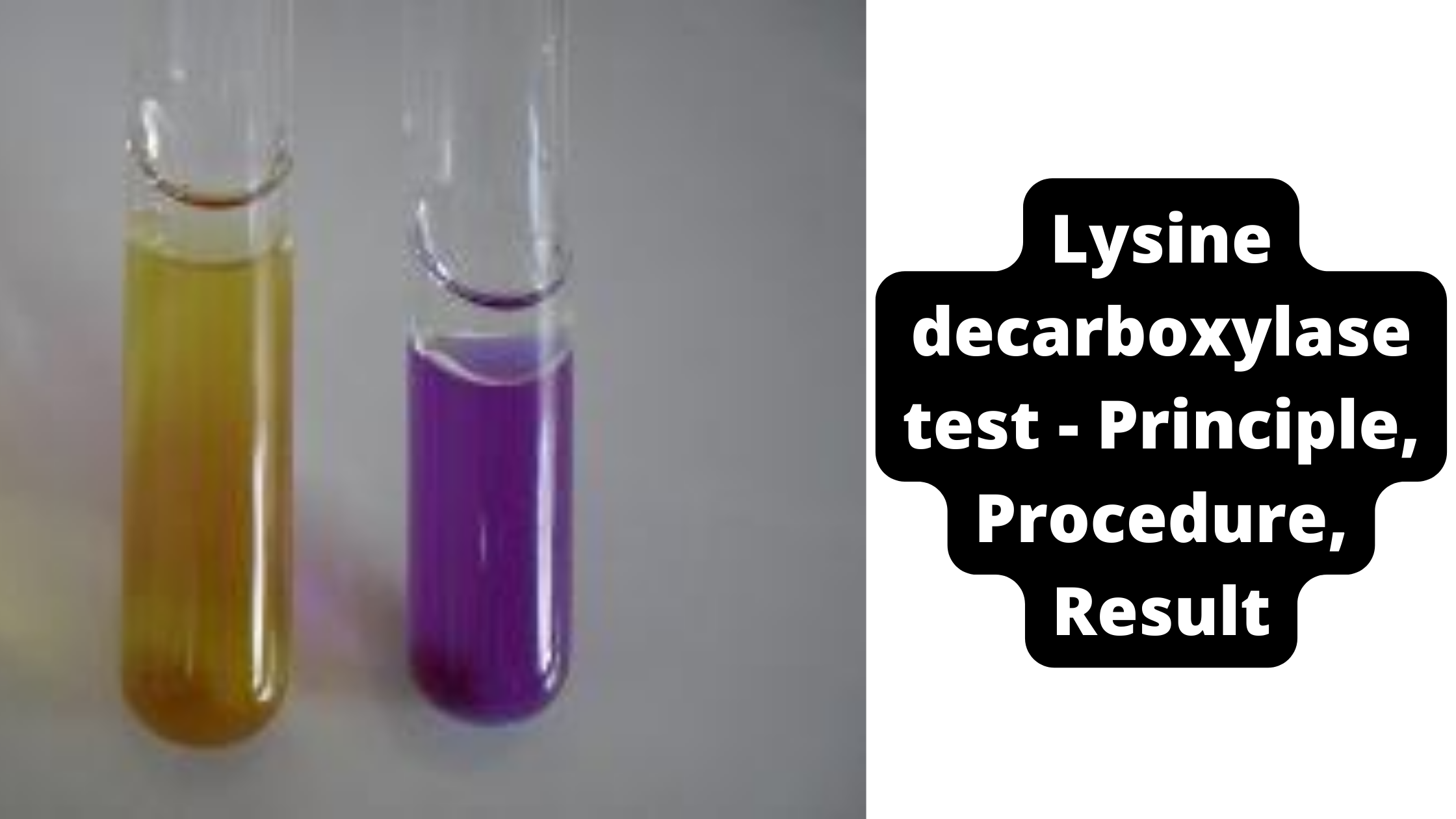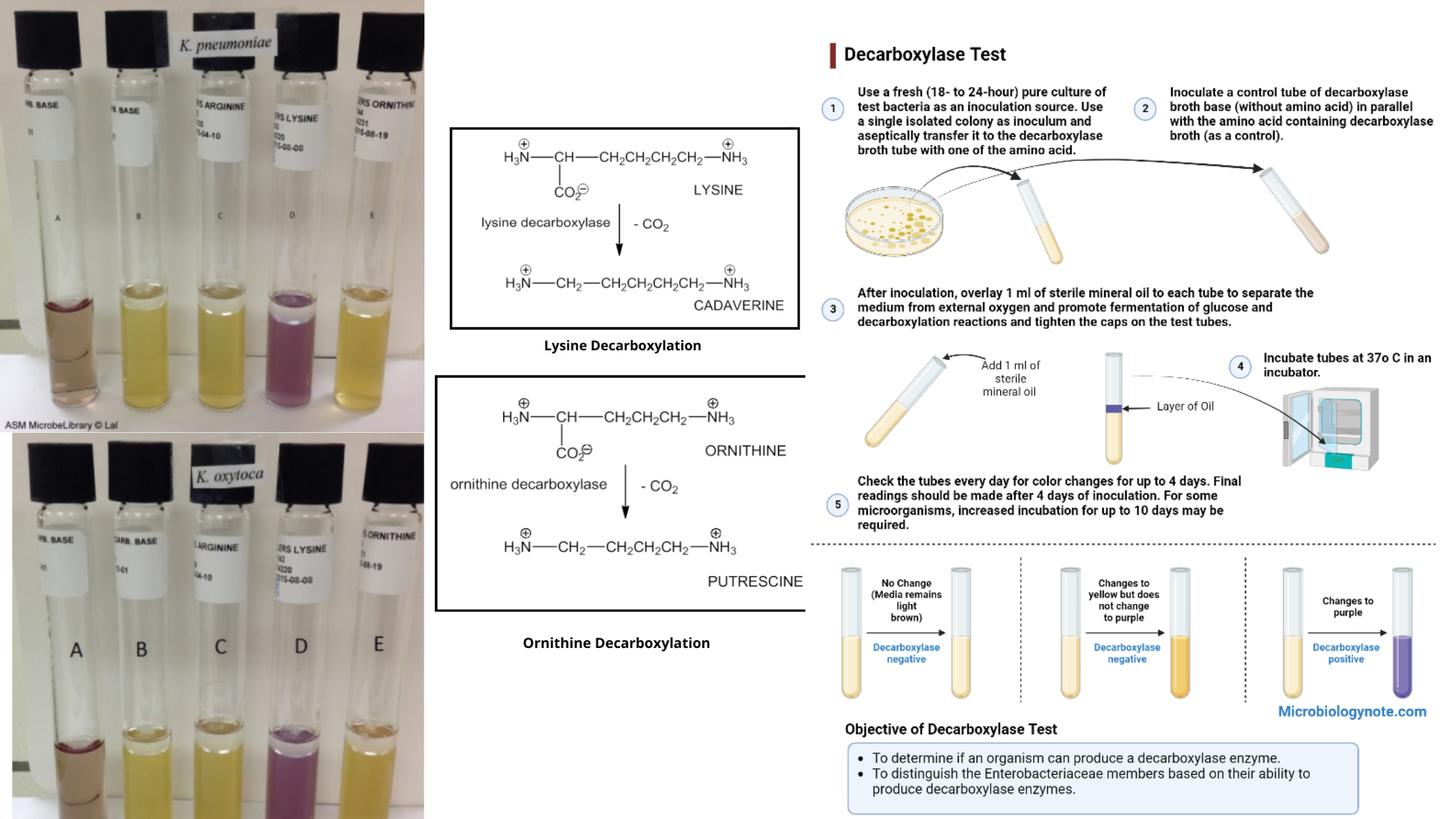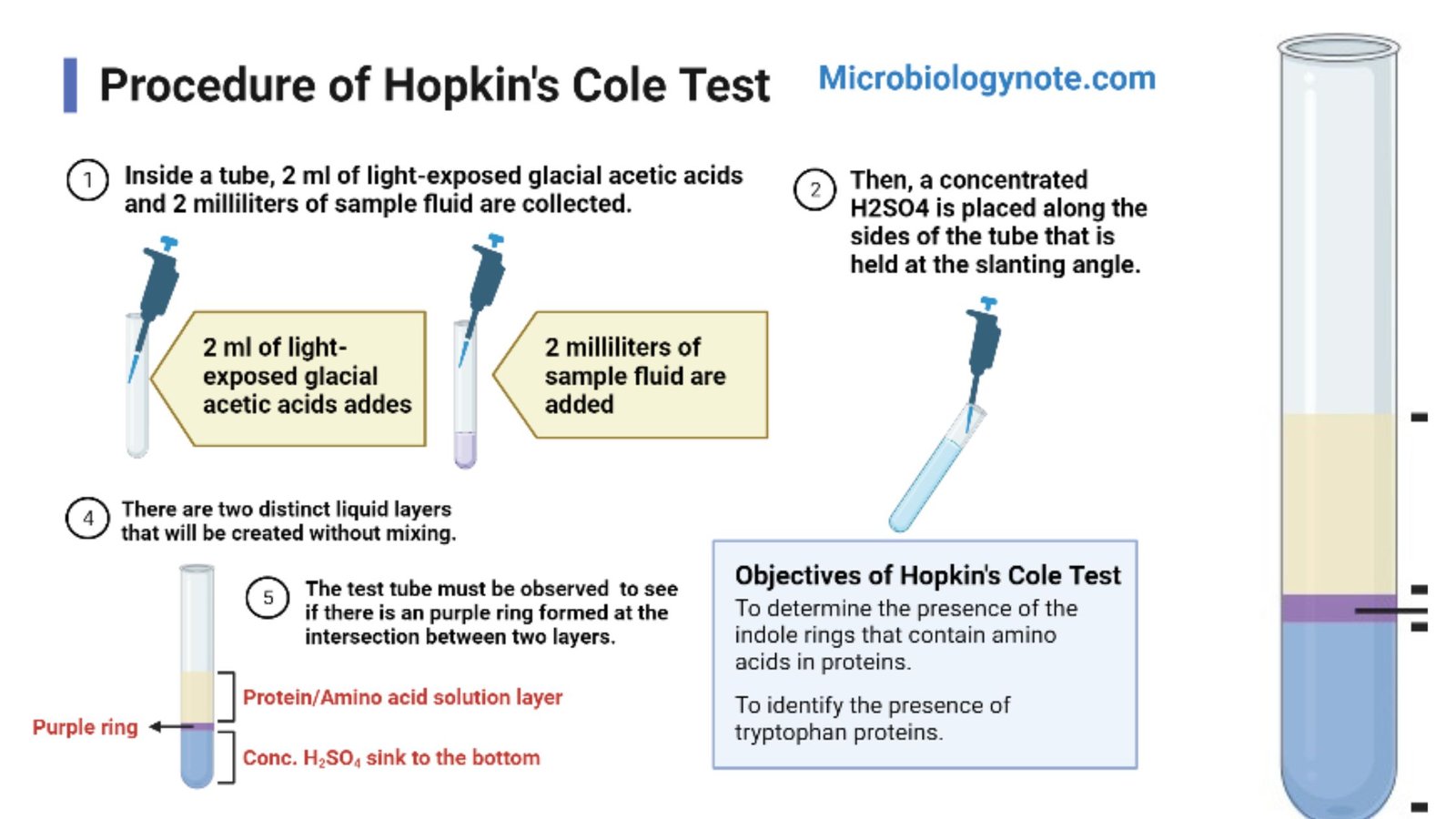ONPG Test – Principle, Procedure, Result, Uses
The o-Nitrophenyl-β-D-Galactopyranoside (ONPG) test is a biochemical test used for the detection of the enzyme β-galactosidase in bacteria. It is mainly applied for differentiating late lactose fermenting organisms from non-lactose fermenters. It is based on the ability of the organism to hydrolyse a synthetic lactose analogue when the required enzyme is present. The test is … Read more
